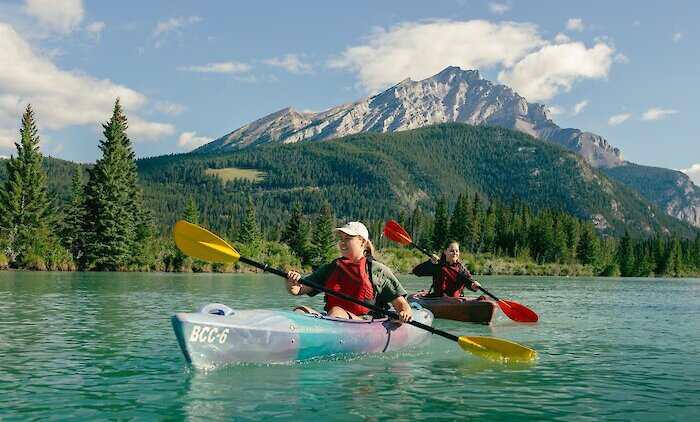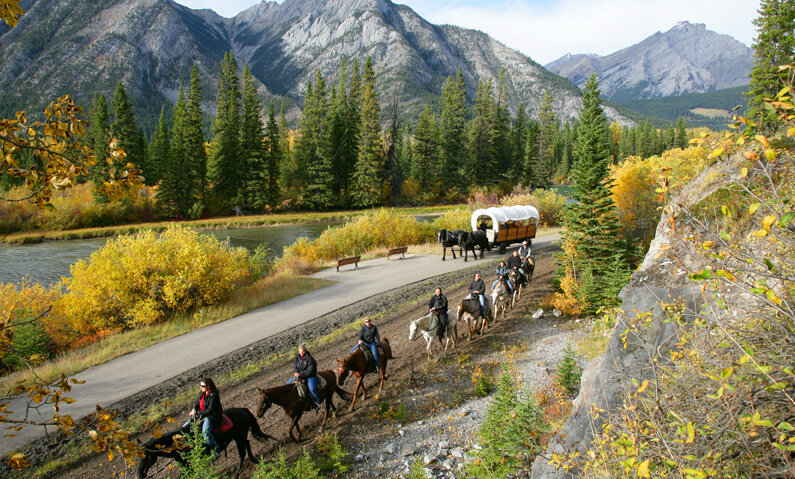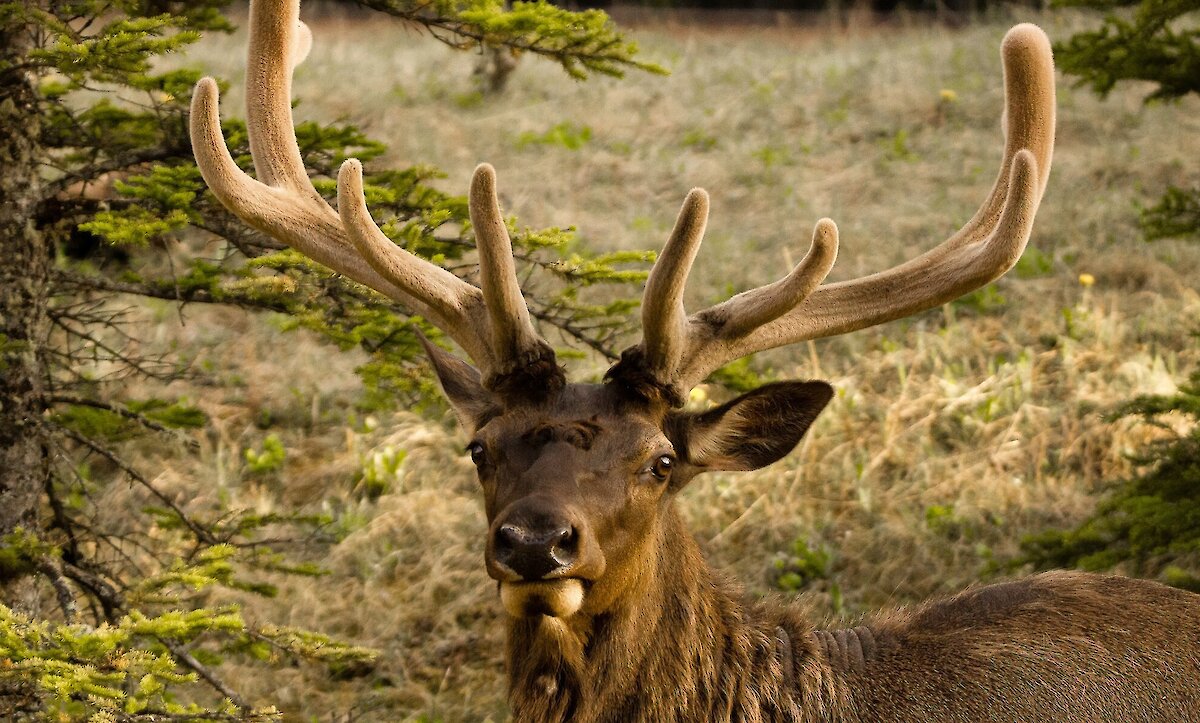Fun Facts for Your Next Dog Sled Adventure

Did you know that dog sledding is a sport with deep ties to Canadian history? While no one knows exactly how old the practice is (some claims suggest over 4000 years old!), there’s no disputing the importance of dog-sledding, particularly during the fur trade era.
Sled dogs have helped the Royal Canadian Mountain Police (RCMP) patrol the most northern parts of Canada’s wilderness since the late 1800’s, and these days can be found taking part in action-packed races like the Iditarod. These days, dog sledding has become a popular winter activity for people seeking a unique and heart pumping adventure.
Banff Adventures offers a variety of dog sled tours suitable for families of all age ranges, giving you the chance to experience the Rockies like never before. In celebration of this unique Canadian tradition, we’ve compiled a quick list of fun facts about dog sledding. If you’re looking for information about how to prepare, you can read about what to expect, and top holiday booking tips in previous blogs. Without further ado, here are a few fast facts about some our favourite powder hounds:
Sled dogs use brains and brawn
It takes more than just raw power to navigate a heavy sled across the tundra. Sled dogs are extremely intelligent and highly trained to respond to the sled driver’s (or “musher’s”) commands. Dogs are trained from an early age and are bred to be able to withstand the demand of both the cold and the physicality of the job. Popular breeds include:
- Alaskan Huskies
- Malamutes
- Inuit Sled Dogs
Banff Adventures is proud to say that all dogs involved in our sledding tours are humanely raised and trained. They are treated as working pets and their owners maintain a careful run/rest ratio that protects the dogs from fatigue and injury. Simply put, the dogs you see on our tours are world class athletes, with a very loving family at home.
Dog Power in Action
At top speeds, dog sleds can reach up to 32km/hr (20 mph) and cover up to 130 kms (8- miles) per day. Because of their natural skill and ability, sled dogs are able to bear the brunt of the cold and harsh conditions of the North. Depending on the terrain, dogs will typically run with one of two different styles of sled: the qamutik, a heavy loadbearing design, or flatter toboggan style meant to stay afloat on deep snow drifts. Regardless of the weight of their load or passengers, there’s no denying that these dogs pack some serious power into four legs!
Pack Mentality
A core aspect of any potential sled dog’s training is exposure, and integration into, their pack. Sledding relies on the dogs working together as a team at all times, so the dogs must learn to follow the leader within the pack formation.
Each Dog Has a Special Role
As we mentioned above, the pack mentality is an important part of the overall efficiency and safety of sledding. Dogs are separated into four distinctions based on skill and aptitude.
Lead dogs
Every sled will have a lead dog, with two being used on occasion. Lead dogs set the pace for the rest of the pack and must be highly attuned to the driver’s commands to steer the sled correctly.
Swing dogs
Behind the lead are swing dogs that help the sled “swing” around curves and navigate turns.
Team Dogs
Dogs in the middle of the pack help to maintain pace and ad power to the group.
Wheel dogs
Bringing up the back of the pack are wheel dogs. They are typically the largest and strongest members of the group, and are tasked with pulling the sled around corners or trees.
Each dog works together to keep the sled on course, ensuring that both drivers and passengers arrive at their destination safely.
Ready for a dog sled adventure of your own? Contact our team to book your expedition today!


